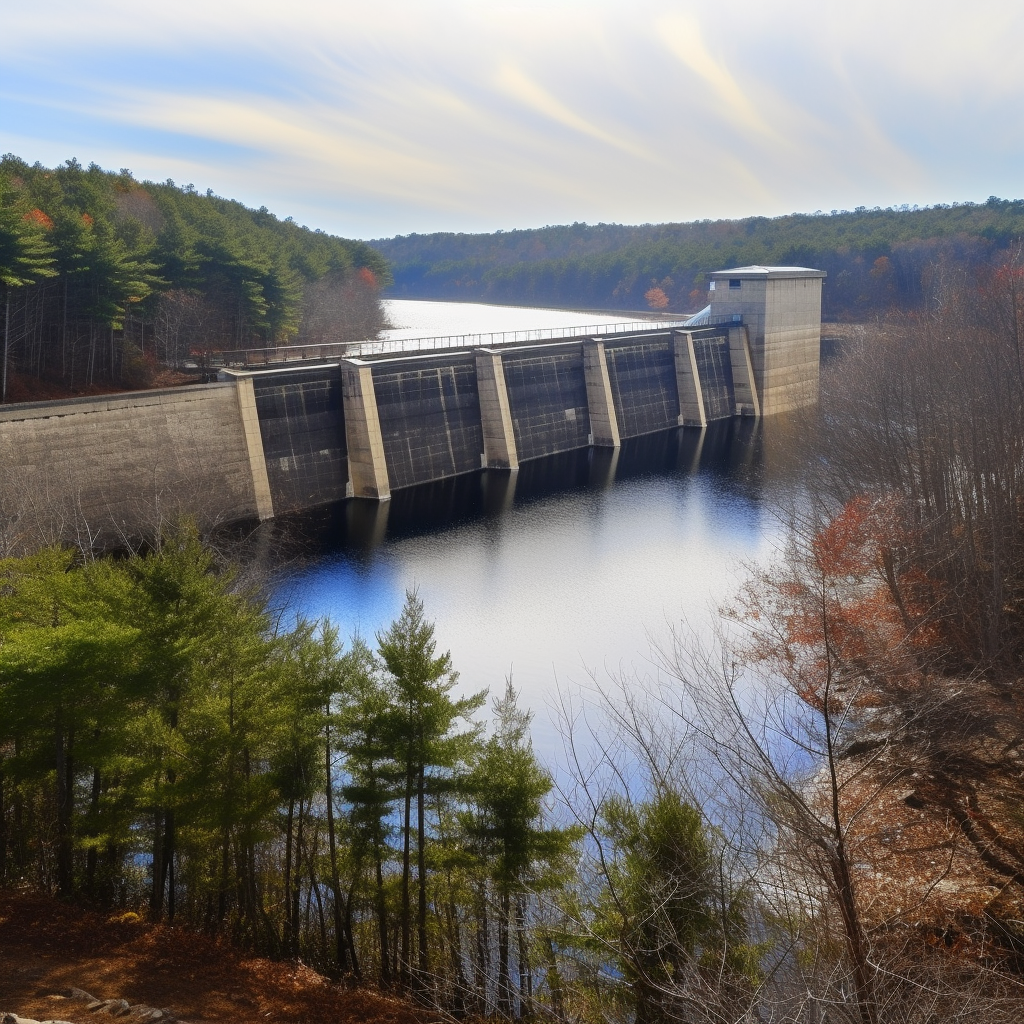July 18, 2023
Climate Change Threatens New England Dams and Communities
Book a Demo
Climate change is an urgent and pressing issue that affects various aspects of our planet, including our water resources. One of the most concerning consequences of climate change is the significant rise in water levels, which poses a severe risk to dams and the communities that depend on them. As water levels continue to increase, dams are under increasing pressure and face the potential of breaching, leading to widespread destruction and devastation.
In New England, the impact of climate change on dams is becoming increasingly evident. One of the major concerns is the flooding that cuts off evacuation routes, leaving residents with limited options for escape. This is a dangerous situation that puts lives at risk and highlights the urgent need for action to address the vulnerability of dams in the face of climate change.
The Wrightsville Dam, among many others in New England, is at risk of being unable to withstand the progressively severe weather conditions caused by climate change. These weather conditions, such as heavy rainfall and rapid snowmelt, are intensified by climate change and can overwhelm aging dams. This overload can lead to potential breaches, resulting in catastrophic flooding that endangers the lives of those living downstream.
Startlingly, approximately 13 percent of the 14,000 dams in New England are considered at risk for failure. This poses a significant threat not only to human lives but also to the economy. The potential damage caused by the failure of these dams can have far-reaching consequences, including infrastructure destruction, the loss of homes, and severe disruptions to the lives of residents. It is crucial that immediate attention is given to this issue in order to mitigate the risks associated with these aging dams.
In Massachusetts, outdated dams are particularly concerning. They lack the capacity to handle extreme weather events induced by climate change, making nearby communities susceptible to the dangers of flooding. This situation highlights the urgent need for the assessment and upgrade of aging dams. By prioritizing these measures, Massachusetts can take significant steps to mitigate the risk of flooding and protect vulnerable communities.
Climate change is causing water levels to rise significantly, putting dams in New England at risk of breaching and causing widespread destruction. The threat of flooding is cutting off evacuation routes, leaving residents with limited escape options. Aging dams, such as the Wrightsville Dam, may not be able to withstand the increasingly severe weather conditions brought on by climate change. Approximately 13 percent of the dams in New England are considered at risk for failure, posing a threat to both the economy and human lives. Outdated dams in Massachusetts lack the capacity to handle extreme weather events, putting nearby communities in danger of flooding. Immediate attention must be given to the assessment and upgrade of aging dams to mitigate the risk of flooding and protect vulnerable communities. It is crucial that Massachusetts prioritizes these measures to ensure the safety and well-being of its residents.



